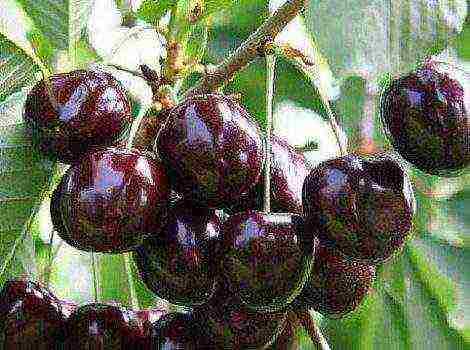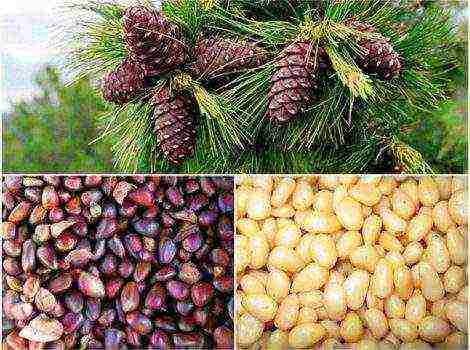Content
The better to feed apricots in autumn
Why does an apricot, a culture growing fast enough, need to be fed, and even in the fall, when it retires?
Then, that they do not start it to decorate the site - they expect fruits from it. Moreover, the highest quality and ever increasing quantity. And where to get the substances for their creation? Only from the soil under the tree.
Features of growing garden apricot
Fruiting is the annual extraction of several tens of kilograms of nutrients from the soil. Extraction is almost irrevocable, with the inevitable soil depletion.
In the wild, the main natural feeding of apricots is the pulp of its rotten fruits and its own fallen leaves.
Under the conditions of culture, a person takes the first for himself, diligently raking out and burning the second. But even if left as fertilizer, leaf litter can compensate for the ever-increasing needs of the tree. unable.
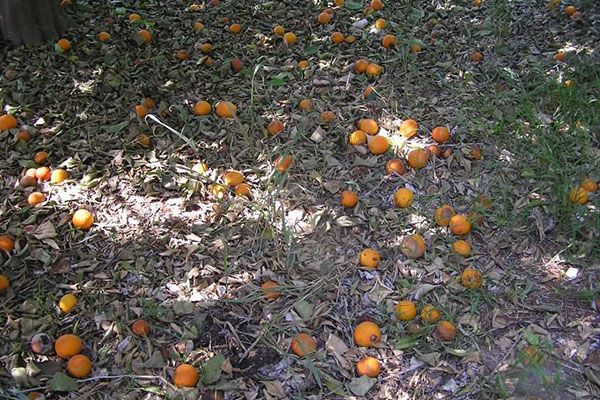
In a tree that is not sufficiently nourished, all the power goes into building up the green mass to the detriment of flowering. In addition, it is more susceptible to moniliosis and other fungal infections. Therefore, his needs have to be met artificially.
Why you need to feed in the fall
And there is a drug - urea (urea) - providing both of these actions, but at different times. Caught in the cracks in the bark when spraying in the fall, he:
- will give in the spring nutritional effect;
- in autumn, it will quickly exterminate the pests that have settled in it and will compact the bark, protecting the tree from frost.
The nuances of feeding
These include the presence in its composition of compounds of potassium, phosphorus, calcium and the minimum amount of nitrogenous substances - nitrogen is needed for apricot only in the season of growth of shoots and leaves. But it must be embedded in the soil long before the start of the season.
The only acceptable nitrogen-containing fertilizer for application before winter is ammonium nitrateapplied to a depth of no shallower than 10 cm.
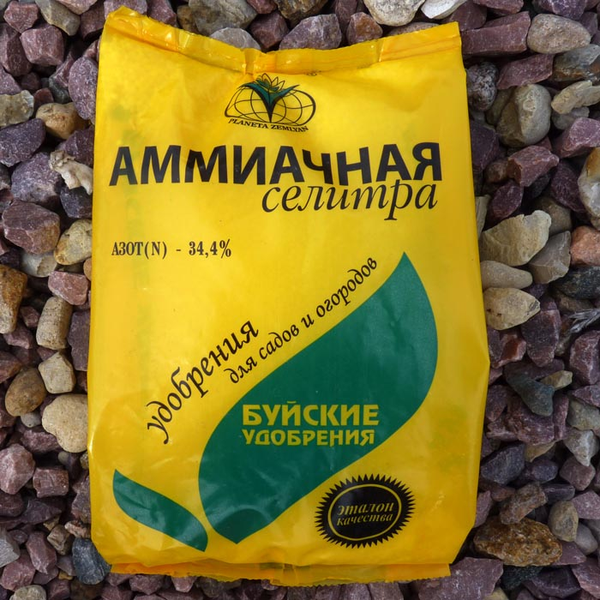
The soil when applying the compositions under the roots should be loose, damp and warm - do not touch already frozen soil.
The time for autumn feeding is the time shortly after the leaves have fallen... For if you spray with urea on the leaves and the bark that did not have time to compact on thin branches, this will lead to their burn, affecting the quality of wintering.
For autumn fertilization can be applied trunk whitewashing method and skeletal branches with a composition obtained by mixing from:
- cow dung (1 kg);
- clay (1 kg);
- lime (2 kg);
- copper sulfate (400 g);
- water (10 l).
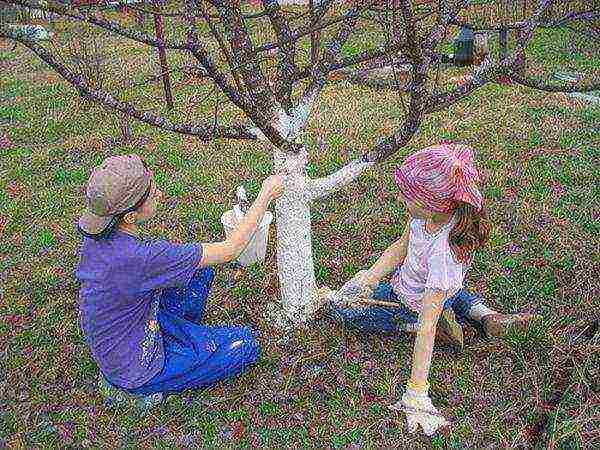
Foliar top dressing also includes the scattering of dry substances over the surface of the soil (ready-made fertilizers) or the layout of organic matter.
But the main and most effective is root feeding method - with the introduction of a nutrient solution into the soil directly under the roots (with the injection of a liquid composition into a groove in the near-stem zone). Root dressing is combined with abundant pre-winter watering of apricot trees.
Fertilizer types and timing of application
You can use both ready-made mineral complexes and self-made fertilizers: rich in potassium and phosphorus wood ash, calcium in the composition chalk.
Organic matter is no less important, imitating leaf litter feeding with its natural balance of microelements.
Organics (in the form of digging manure or compost) are required for trees:
- 2-3 years about 15;
- 4-5 years up to 30;
- 6-8 years old about 40-50;
- 9 years and more up to 80 kg.
For apricots of even more venerable age, the volume is calculated individually, depending on the situation, assessed by the state of the leaves.
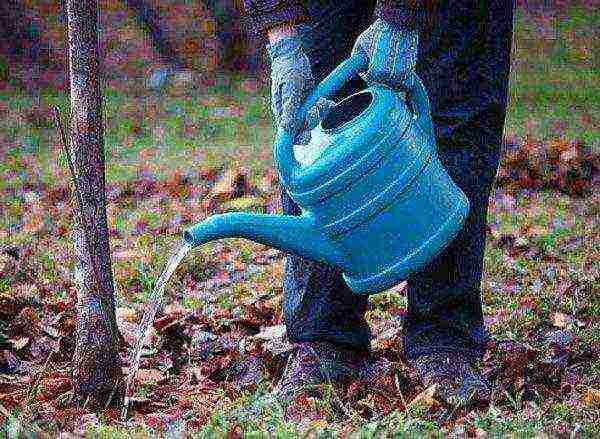
Accordingly, the mineral content in the fall (in the form of a solution or scattering on top) will be for a tree:
- 2-3 years of age: phosphorus in terms of superphosphate 130, potassium in terms of potassium chloride 40, ammonium nitrate 60 g;
- 4-5 years: superphosphate 200, potassium chloride 60, ammonium nitrate 100 g;
- age 6-8 years: superphosphate 310, potassium chloride about 140 g, ammonium nitrate 210 g;
- 9 years and older: superphosphate 880, potassium chloride 250, ammonium nitrate 370 g.
They give a good effect granular nutrient compositionsintroduced into the near-trunk zones and gradually dissolving in autumn rains (or pre-winter irrigation), creating a depot of microelements in anticipation of the new season.
Traditional methods
Depending on the nature of the soil, the following can be applied:
- eggshellrich in silicon, magnesium, phosphorus, calcium (in the form of sourdough or burnt) - to reduce the acidity of the soil;
- sawdust with sand - for clay soils for greater looseness and moisture reduction;
- peat - on sandy soils;
- yeast or bread leaven - to enhance the future growth of culture and increase future yields. Yeast fermented during the day (1 kg / bucket of water) is used by diluting with water in a ratio of 1: 5 and watering the trees.
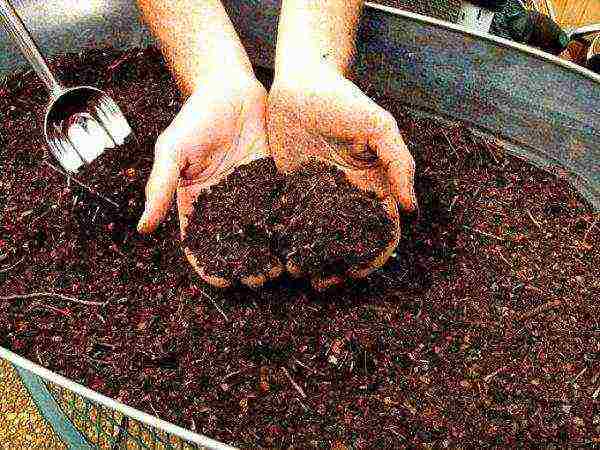
How a balanced natural fertilizer can be applied combining compost with seaweed or river algae, as well as chicken manure and various types of manure diluted to the required concentration:
- horse;
- cow;
- sheep's;
- pork.
When compiling a fertilizer composition, one should take into account the dynamics of the development of the culture in the past season, its age, as well as the nature of the soil and climate.
